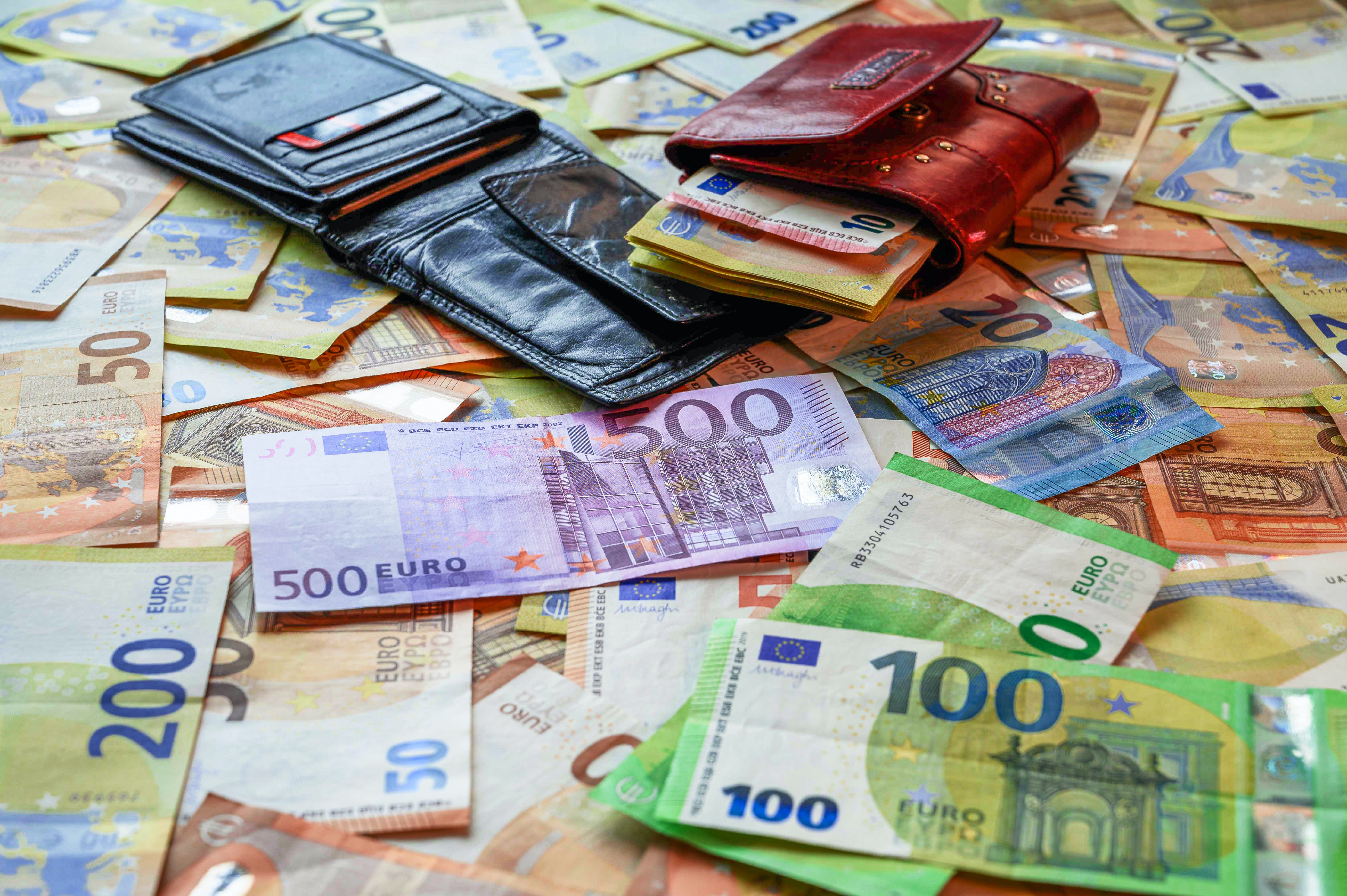
Croatia was until now in the middle of EU rankings in terms of income inequality but when capital income is added, it comes out on top, the Croatian Jutarnji List daily said on Tuesday.
The newspaper quoted a research by three authors from the Institute of Public Finance who analysed the contribution of different sources of income to total income inequality.
Salaries are the most important source in every member state, followed by public pensions and income from freelance work. Income from assets and capital is also an important component, but its share varies from country to country, from being almost negligible in Slovakia and Poland to 14% in Denmark and 19% in the Netherlands.
Croatia is among the member states with a very low share of income from assets and capital, along with Hungary and Estonia. Citing the EUROMOD tax-benefit microsimulation model for the EU, the authors say this source accounted for 1.5% of the total income, but according to revised data, the share rises to 8%, ranking Croatia fifth in the EU after the Netherlands, Denmark, France and Sweden.
When revised data are taken into account, the indicator of Croatia's income inequality rises by 15%.
85% of capital income comes from dividends and profit shares, while a smaller part comes from interest of savings, one of the authors, Ivica Urban, was quoted as saying, adding that the annual amount is €1.6 billion, which is 4% of the total gross income.
He says that is not a high share but that an important aspect of income capital is its high concentration. For instance, capital income accounts for over 50% of the total income of 10,000 citizens.
For 1,000 citizens with the highest income, capital income is the main source of income, the newspaper said.
Kakvo je tvoje mišljenje o ovome?
Pridruži se raspravi ili pročitaj komentare



 Srbija
Srbija
 Bosna i Hercegovina
Bosna i Hercegovina
 Slovenija
Slovenija







